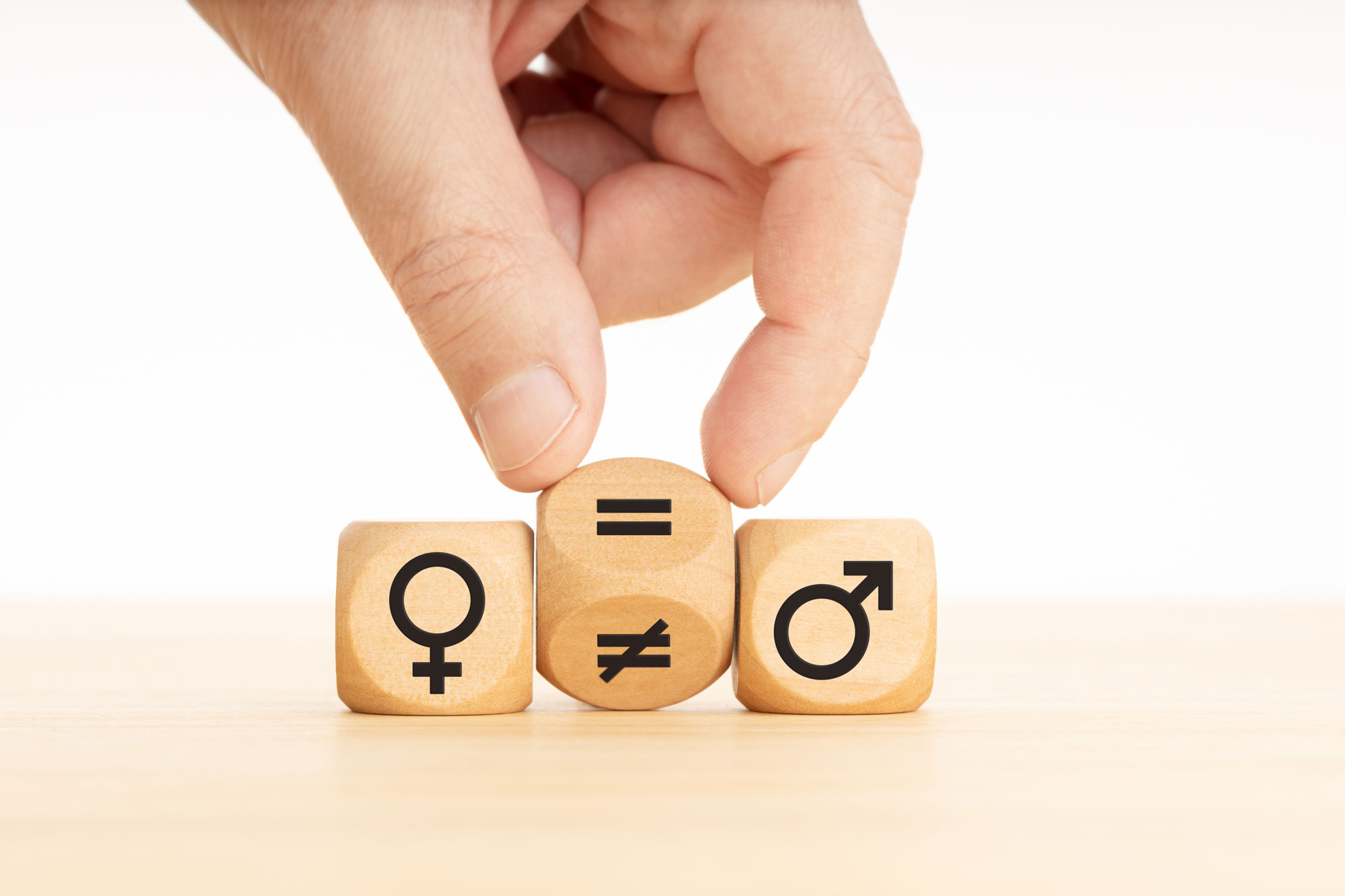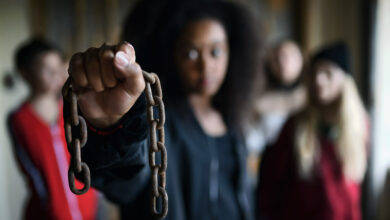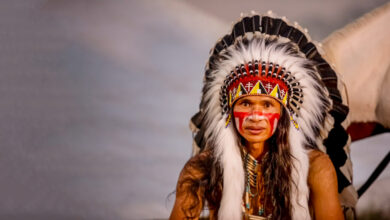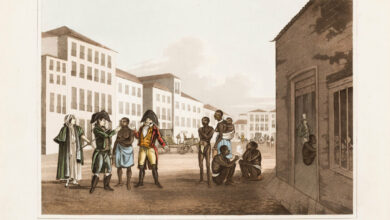“Changes have been made in the right direction, but they’re taking too long”
Andrea Gunraj

Gender inequality, wage inequality and so many other items like these remain at the heart of women’s concerns and, in particular, of all organizations that exist precisely to draw attention to a set of problems that, in the middle of the 21st century, continue to diminish rights and hinder women’s social and professional progression. The Women’s World Cup has only highlighted a problem that is widespread in society – women continue to carry the weight of a centuries-old history of diminishing or devaluing their role and their competence to perform the most varied professions. Andrea Gunraj, Vice President, Public Engagement at the Canadian Women’s Foundation, helps us to frame this reality and to realize that there are positive signs that give us hope for an effective change of mentality, with consequences for the life of today’s women. But everything is happening very slowly. Perhaps it is not difficult to understand why…
Milênio Stadium: When an event like the men’s World Cup is on, it’s common for streets and cities to be filled with flags of fans from all the participating countries. Now the Women’s World Cup is taking place and we see absolutely nothing of this. What do you think this means?
 Andrea Gunraj: It’s one of many examples of gender inequality in our cultures and communities. We don’t value women’s sports as much as men’s sports and we don’t support and value women athletes as much as men athletes. All this devaluation of women has led to structure problems: men’s sports like men’s soccer have get more funding, fanfare, pay, resources, and award money.
Andrea Gunraj: It’s one of many examples of gender inequality in our cultures and communities. We don’t value women’s sports as much as men’s sports and we don’t support and value women athletes as much as men athletes. All this devaluation of women has led to structure problems: men’s sports like men’s soccer have get more funding, fanfare, pay, resources, and award money.
Low investment in women’s sports leads to less interest from the public, which feeds continued low investment and infrastructure. Everyone’s missing out when we keep this bad cycle going. There’s good evidence that women’s sports has huge growth and investment potential. And we’re seeing growing from fans. If we pushed to close the gender gap in sports once and for all, we would all get the benefits: fans, athletes, sports companies, sponsors, and leagues alike.
MS: Although we are celebrating the substantial increase in match attendance (in stadiums and on TV), the truth is that there is a huge disparity between the men’s and women’s versions of the same event. Does the fact that historically this sport has been essentially male and is still run mostly by men (FIFA, Federations, Clubs…) still weigh?
AG: Mostly male, non-diverse, and monocultural leadership in sports and any other organization or sector is simply not as effective as leadership that includes women and equity-seeking people such as racialized people, people with disabilities, and 2SLGBTQIA+ people. Organizations with diverse leadership who have real skills in equitable, gender parity organizational change are more likely to meet their goals, be sustainable, make smart decisions, and attract interest from fans, customers, partners, sponsors, and investors.
MS: Apart from anything else, there is a huge disparity between the salaries and playing prizes of men and women. FIFA itself has awarded 4 times less money to the women’s national teams for participating in a World Cup, compared to what it awarded, for example, to the teams present at the Qatar World Cup. What justifies this?
AG: Gender pay, compensation, and award gaps are not justifiable. There’s no good reason why we should let these gaps fester or not work hard to close them. Any organization that wants to win the benefits of closing gender gaps needs to have diverse leaders with strategic planning skills to bring an organization toward equality. It will take time and you will have to track and be transparent about your success, failures, and results.
But there’s no good reason why organizations wouldn’t try to make this change for their own operational good—and for the good of fans and athletes.
MS: Can we see in this disparity and in the way we all look at one reality and the other, a clear sign of the long way to go, towards parity and equal opportunities in this and other professions?
AG: There are signs of progress – due to women and advocates pushing for parity and equitable opportunity in sports and other sectors. For example, we need to end gender pay gaps everywhere. On average, women in Canada make 89 cents on the dollar men make, and newcomer women, women with disabilities, Black women, and Indigenous women face even bigger gaps.
It starts young: girls face a summer job gender pay gap, women post-secondary students leave school with student loans to pay and lesser means to do so, and women retire with only about 80% of the pension men retire with.
Changes have been made in the right direction, but they’re taking too long. We need more action in every sport, sector, and workplace, now.
MS: What can women do to help change this?
AG: Everyone, all genders, needs to push for accountability and equity and an end to these gaps and barriers. Everyone has a role to play. Fans can support women’s soccer by buying tickets and watching games and cheering women athletes on. Sport leaders can make smarter business decisions, diversify their leadership, and invest in women’s sports to close gaps. Governments can improve policies to make sports safer and fairer for women and all equity-seeking athletes.
And you and I can take actions to donate to gender equality efforts and vote for leaders with strong vision for and commitment to equality.
This is what our community of changemakers at the Canadian Women’s Foundation does every day – made up of everyday people like me and you – and we call on everyone to join us.
Madalena Balça/MS








Redes Sociais - Comentários